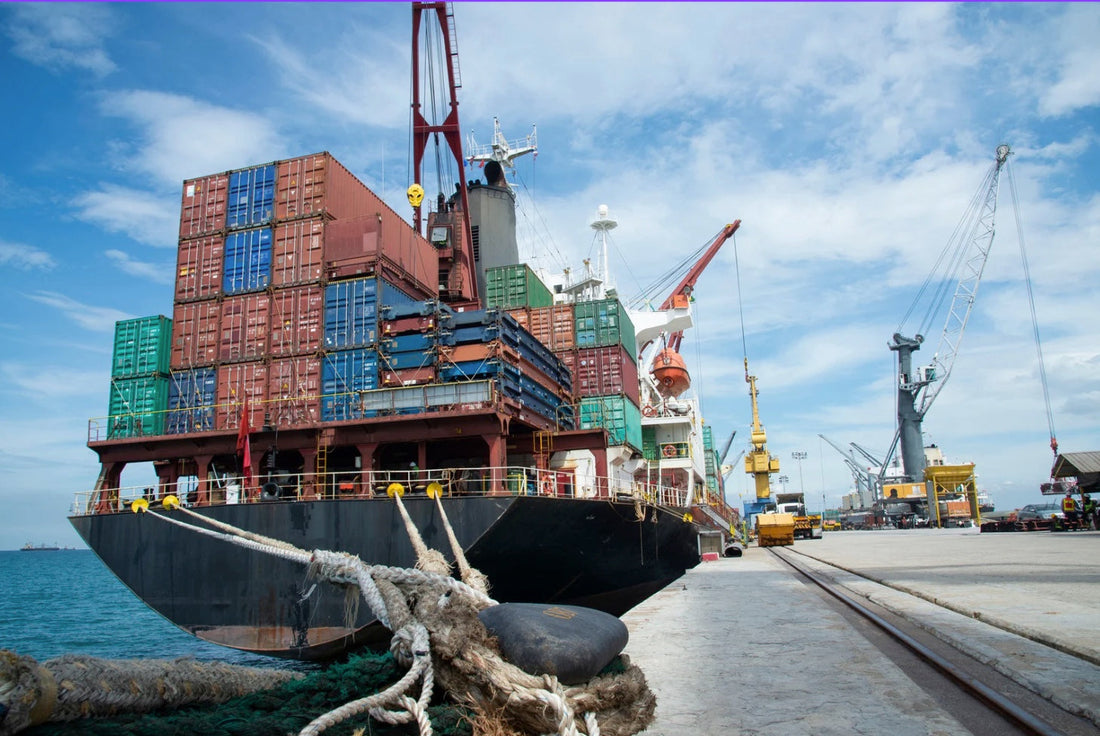
Explaining Tariffs to Kids: What the Latest News Means for Prices and Trade
Share
Tariffs are making headlines, and their effects touch our everyday lives—from the cost of groceries to the price of school supplies. While it may seem complex, explaining tariffs to kids doesn't have to be daunting. I’m going to break down the concept using simple, relatable examples that children can understand.
What Is a Tariff?
Imagine that you and your friend both sell lemonade at your local farmers' market. You make your lemonade at home, while your friend lives in another town and makes theirs there. Now, suppose the farmers' market decides to charge your friend an extra 50 cents for each cup they sell. That extra charge is like a tariff—a special tax added to goods coming from another place!
Let's say that you and your friend spent the same amount to make the lemonade and are selling the exact same drink, which one are people more likely to buy? Yours! Why? Because your friend's lemonade now costs more due to the extra charge.
Well... unless your friend has a better spot at the market—that could change things! :)
A tariff is a tax that the government adds to products that come from another country. This makes things from other countries cost more money. Governments do this to help businesses in their own country or to make more money.
The Latest News on Tariffs
Recently, the U.S. government said they want to add tariffs to products from other countries. This means things like toys, clothes, and electronics that come from places like Mexico, Canada, and China will get more expensive.
Why Do Countries Use Tariffs?
Countries add tariffs for many reasons, the two main ones are:
To Protect Local Businesses: If other countries sell things for really low prices, people might buy only from them and not from businesses in their own country. Tariffs help local businesses by making products from other countries cost more, so people might choose to buy locally.
To Make More Money: The government collects money from tariffs, just like taxes. This money can help pay for things like schools, roads, and parks.
How Do Tariffs Affect Other Countries?
If a country has to pay extra money to sell things in the U.S., they might sell fewer products here. This can hurt businesses in that country because they won’t make as much money. Some countries might even add tariffs to American products in return, making it harder for U.S. businesses to sell things overseas.
For example, if the U.S. adds a tariff to shoes from another country, that country might add a tax on American-made clothes. This back-and-forth is called a trade war and can make things more expensive for everyone.
How Do Tariffs Affect Our Country?
Tariffs can have good and bad effects in the U.S.:
Good Effects:
- Helps local businesses sell more because imported items cost more.
- Keeps some jobs in the country instead of moving them to other places.
Bad Effects:
- Stores might charge more money for products that come from other countries. You might have to pay more for common things like food or clothes.
- If other countries add tariffs to American goods, U.S. businesses might struggle to sell their products in those countries.
Do Tariff always Help Local Businesses?
Tariffs can sometimes hurt local businesses. For example, a farmer recently shared that before the U.S. imposed a tariff on Chinese imports, he could buy a tractor from China for $10,000, while the same tractor from a U.S. manufacturer cost $40,000. Naturally, he chose the more affordable option from China. But after the recent tariff increase on Chinese imports, the cost of the tractor from China rose to $11,000. Although it’s still significantly cheaper than the $40,000 U.S. option, he now has to pay an extra $1,000 because of the tariff, increasing his overall expenses without benefiting local manufacturers.
Why Does This Matter for Kids?
Even though tariffs sound like a grown-up topic, they affect things you see every day! The price of your backpack, toys, or favorite snacks might be higher or lower because of tariffs. Next time you go shopping, take a look at where things are made—it might give you a clue about why they cost what they do!
